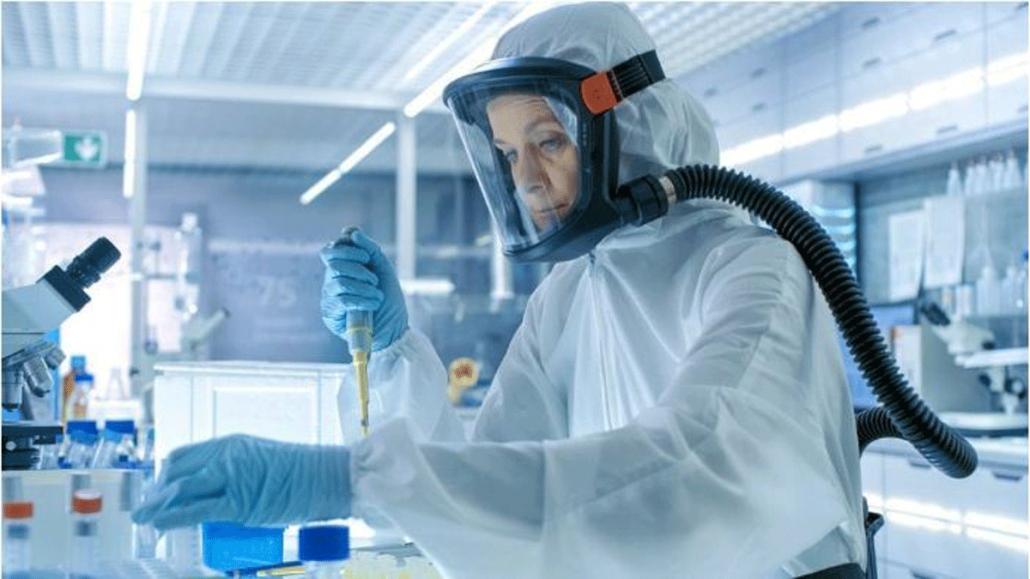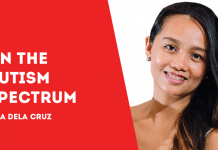
STAR Wars.
This is how the pandemic is changing the way dentistry looks like.
Because different brands, shapes and sizes of N-95s face masks don’t fit all. A health center in Maryland, United States uses Powered Air-Purifying Respirators or hood air purifiers that cover the entire head almost like a space helmet.
“We look like Star Wars, kind of, coming into the room,” said Dr. Sandra Garbley, half in jest.
She is the senior vice president and chief dental officer for Choptank Community Health, a health center in Maryland.
Choptank Community Health is very strict when it comes to pandemic protocols. All of its health centers make sure that clean air circulates.
They use photocatalytic oxidation machines, which have carbon filters and High-efficiency Particulate Air (HEPA) filters that release photoions capable of killing the virus if the droplets are small enough.
Air flows “cleans” the room after each patient for at least 30 minutes before the room is disinfected. This way, any virus in the air or droplets is taken care of.
All patients are interviewed over the phone for symptoms of COVID-19. Since the pandemic started, only patients requiring urgent and emergency care are attended to. And their temperatures are taken at the entrance.
Dental patients are given a pre-procedural anti-viral rinse and use oral suction devices to lower staff risk of exposure.
Staff members are given N-95 masks that are fit-tested to ensure that no particles flow through.
Choptank Community Health also uses teledentistry to screen patients.
Elsewhere in Maryland state, teledentistry is making inroads. As in the clinic of Dr. Charles A. Dorring, a dentist who instructs patients to use two spoons during consultations.
“It’s amazing what you can do with two spoons to retract and look in there,” Dr. Dorring told Maryland Matters. “Sometimes the spouse, or the son or daughter that’s very good with a cellphone, they’ll just snap a picture and email it to me.”
Dr. Dorring tells instructs patients to have a family member to be ready with two spoons, rubber gloves.
Just like a conventional dental appointment, he asks patients why they think they need the attention of a dentist.
Here’s the twist: it’s a virtual dental appointment. And if Dr. Dorrings needs to see the mouth, he asks the family member to point a cellphone camera at the oral cavity just like they do when they take selfies.
Dr. Dorring says he can see all the way back and to the second molar.
Today, teledentistry is a common practice in Maryland. The state Department of Health allows virtual appointments with doctors, including dentists.
“The Maryland Department of Health, recognizing the importance of oral health to overall health, added teledentistry to that,” Mary Backley, CEO of the Maryland Dental Action Coalition, told Maryland Matters.
***
Dr. Joseph D. Lim is the former Associate Dean of the UE College of Dentistry, former Dean of the College of Dentistry, National University, past president and honorary fellow of the Asian Oral Implant Academy, and honorary fellow of the Japan College of Oral Implantologists. Honorary Life Member of Thai Association of Dental Implantology. For questions on dental health, e-mail jdlim2008@gmail.com or text 0917-8591515 /PN







